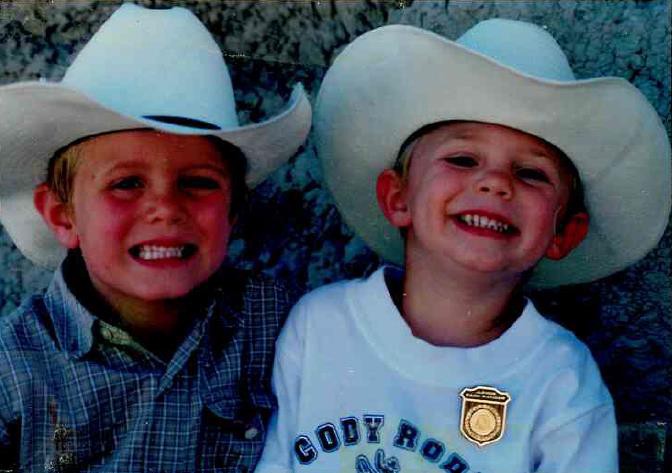Some days when it’s particularly hard to juggle work, children, and chores, I think of my sister-in-law and the battle she fought when her youngest son was given months to live. Using this social psychology phenomenon called downward comparison puts my daily hassles in perspective. As a psychologist I don’t typically teach this as a technique to my patients, but it helps me and it helped my sister-in-law too.
MaryEllen was sitting in her kitchen looking out the window when she noticed her youngest son Louis limping. It was slight, an odd kick out to the side. Like most 3-year-olds Louis spent his time playing like a puppy, rolling around with his 5-year-old brother. MaryEllen assumed that Louis had gotten injured in a brotherly tussle. But after a few weeks with no resolution, she brought Louis to a pediatrician, and then to a radiologist, where he was diagnosed with a crumbling of the upper femur due to a lack of blood flow. In years of raising her boys, this felt like the first thing that she couldn’t kiss and make better. But she walked away from that visit believing as the doctors said that things would get better on their own.
Months later, Louis’ nursery school teacher commented that he had physically couldn’t keep up with the other kids. Additional x-rays revealed a widespread cancer had metastasized into Louis’ bones. But more news was worse: advanced neuroblastoma, a cancer of the part of the nervous system responsible for the fight-flight response, with a survival rate of about 30% for children.
For many mornings over the next few years, MaryEllen would ask herself what she needed to do to get through the day, one foot in front of the other: take a shower, give Louis his pills. She didn’t think of the future or worry about every task that might come down her road. She stayed focused on daily problem-solving.
Over 90% of Louis’ bone marrow had been replaced with cancerous tumor. Placements of mediports for chemotherapy induction, surgical removal of tumors, radiation, and other harsh medical treatments started replacing the time they used to spend playing. MaryEllen held Louis in her arms while he underwent hundreds of infusions. He screamed while she did everything she could to help ease his pain. She told him to be strong and that being brave was not the absence of fear but doing the things that scare you.
After extensive treatments, Louis reached remission. But a year later, he developed a severe headache. A CAT scan revealed a cancerous mass the size of a golf ball in his head. At the time there was no precedent for anyone surviving this kind of a brain tumor relapse. A timeframe of six months was given before Louis’ cancer would metastasize to other areas. MaryEllen felt as if a giant wrecking ball had hit her in the core of her body. She went on autopilot, able to talk about Louis’ illness but devoid of emotion. She recited for people what the doctors told her, no one had ever made it through.
There was an experimental protocol at a hospital in New York — but no child had ever lived to complete it. Once Louis started the treatment, there was a particular nurse with whom they spent a lot of time. When she moved to the survivor unit, where children in remission went for long-term follow-up, MaryEllen said, “Someday we’ll be sitting across the desk from you.” The nurse replied, “I hope so.” It took four years before MaryEllen and Louis sat across from her again.
The protocol cleared the residual cancer in Louis’ body and brain. Sitting across from this nurse, Mary Ellen stared at a brief list of future check-up appointments and burst into tears. Though she frequently told herself, “There’s always someone fighting a harder battle,” she couldn’t believe that Louis had won the war.

There’s a lot of research investigating the role of coping in individuals with cancer. Contrary to what we would like to believe, the data do not indicate that a fighting spirit is a prognostic factor in a person’s recovery from cancer. However if you look at the general coping literature, there are a number of important strategies that my sister-in-law used that helped her function.
Approach coping, that one step in front of the other, facing the pain, kept not only MaryEllen going but her whole family as well. As she looked around the hospital ward, even though Louis was near death multiple times, MaryEllen kept using downward comparison, seeing others whose situations seemed worse. While likely not “politically correct” to compare ourselves to those less fortunate, it can help put things in proportion, be grateful for what we have and motivate movement forward.
Originally published at medium.com


